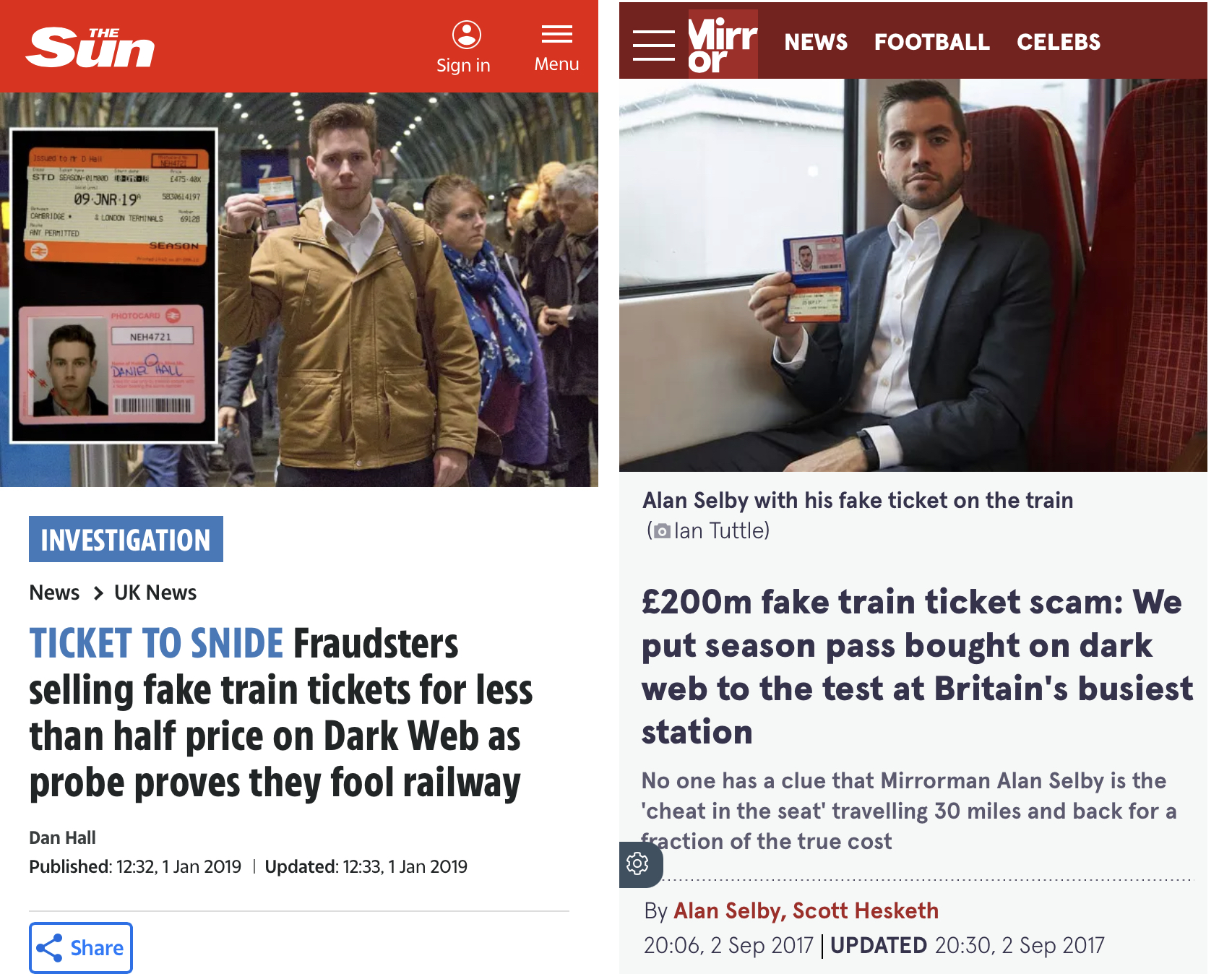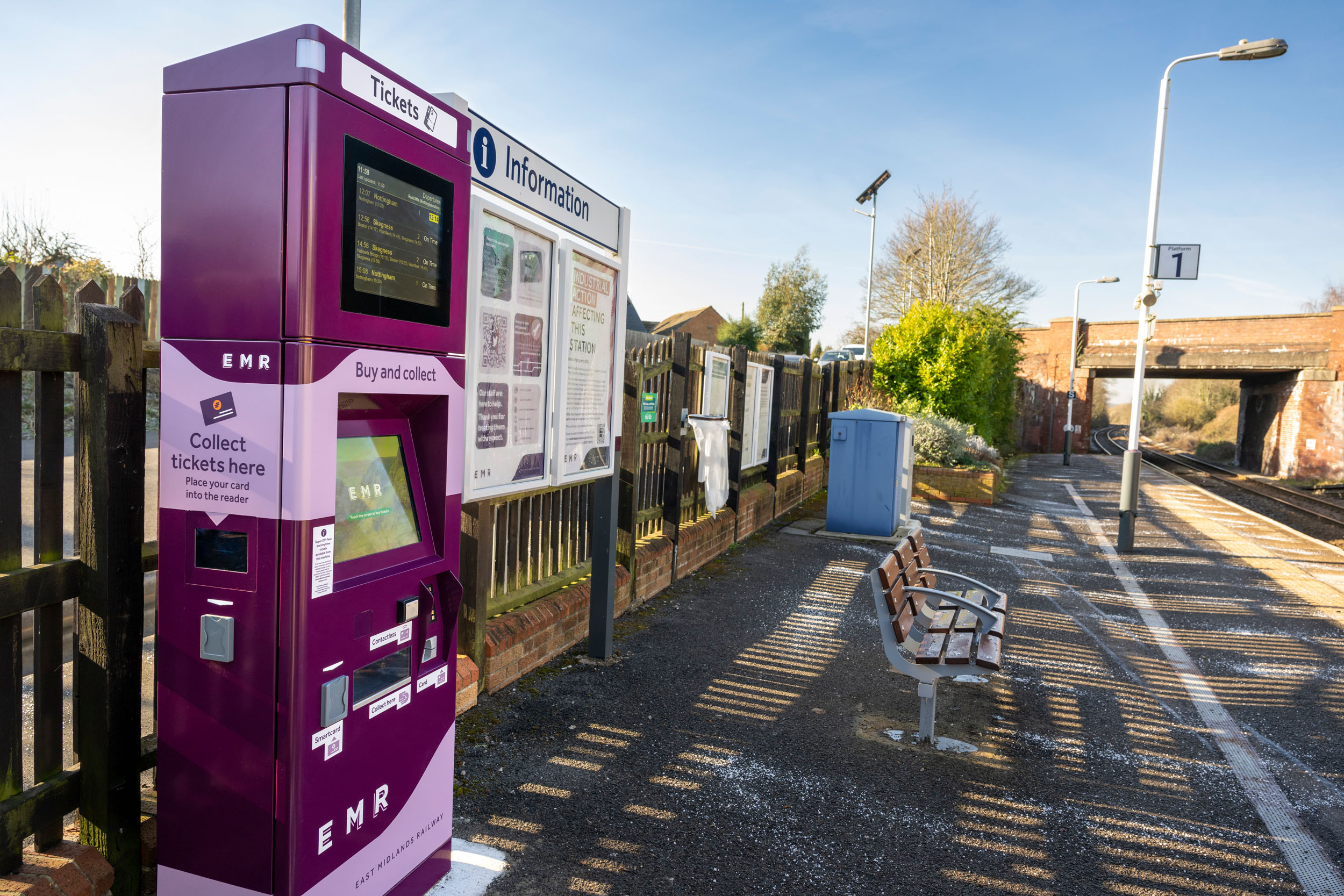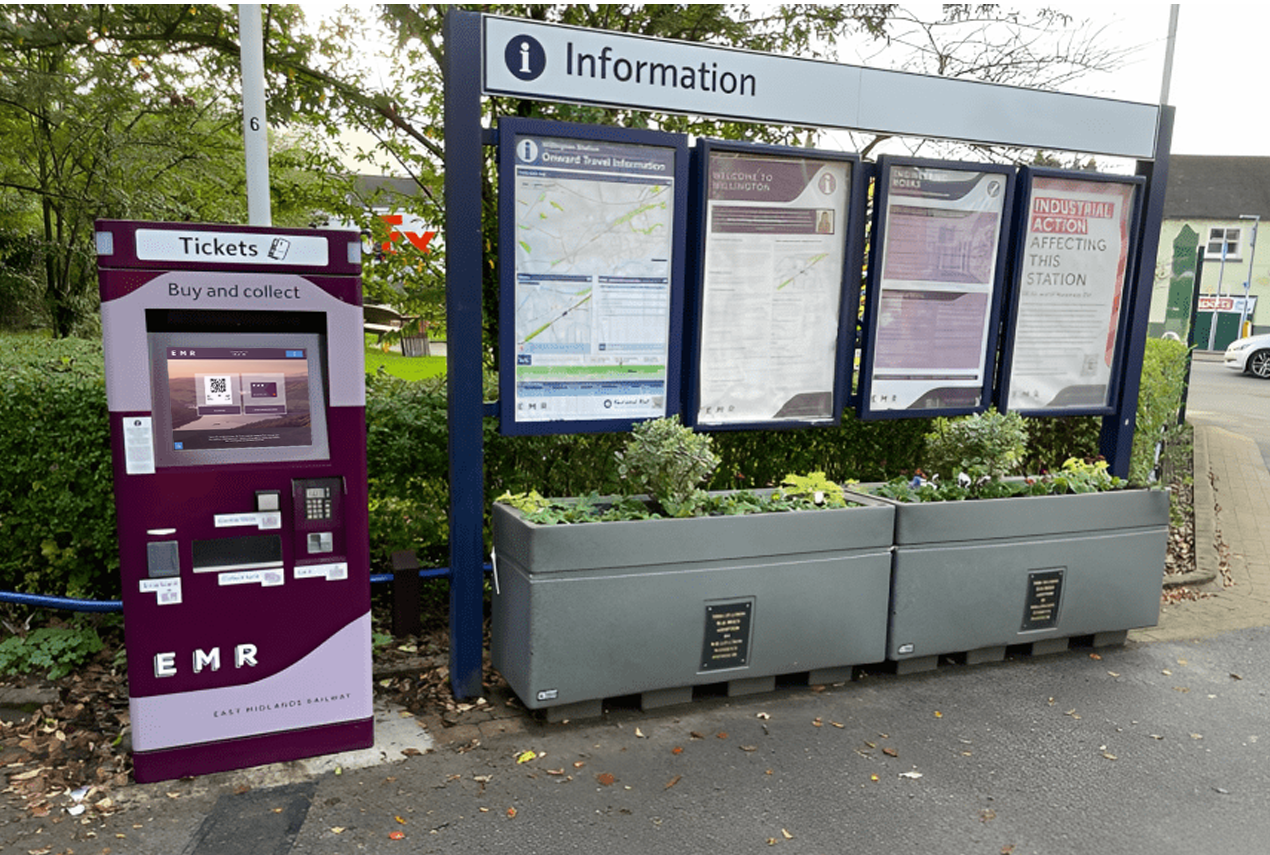Amidst the dynamic landscape of the UK rail industry, the quest for cost savings, customer-centricity and operational efficiency has led to a critical examination of legacy technologies. One such technology under intense scrutiny is the magstripe ticket, a system first introduced in 1983 that relies on magnetic stripes to encode passenger and journey information. Once considered groundbreaking, magstripe tickets are now considered inadequate and outdated, prompting loud calls for alternative solutions that satisfy the needs of modern passengers.
As highlighted in a recent presentation at Smartex Transport Card Forum (TCF) 2023, the issues associated with magstripe tickets are both numerous and varied. These issues range from concerns about the significant costs incurred by operators in supporting the technology and the inconveniences borne by passengers who in some cases have very little viable alternative.
Below, we delve deep into the complexities behind the challenges before exploring one exciting solution that aligns with the evolving needs of both Train Operating Companies (TOCs) and passengers.
According to the Raily Deliver Group (RDG) more than 650 million magstripe tickets are issued annually, necessitating costly magnetic stripe ticketing infrastructure across all TOCs. The associated expenses, stemming from ticket printers and mechanical gate readers, drives up the industry cost base, underscoring the urgent need for a more viable economical alternative. The burden of sustaining this aging infrastructure persists until the last TOC migrates from the magstripe platform.
The availability of magstripe tickets, especially in rural areas and smaller stations, is not uniform which creates inconvenience for passengers. As the TCF presentation highlighted, magstripe tickets are far from durable either, with the print soon fading which becomes a significant problem for those that have been issued with magstripe season tickets.
Although the magnetic strip does have some level of redundancy built in, once it has been corrupted past a certain point ticket barriers or gates are no longer able to reconstruct the data from the strip and work out if a ticket is valid or not. This compounds frustrations for passengers who can’t get though barriers, leading to bottlenecks at busy stations and placing more of a burden on station staff to offer assistance.
Further, the limitations of magstripe tickets deter passengers from purchasing multiple, advanced tickets and rail products, heightening concerns that passengers are not gaining access to the most affordable fares. Magstripe tickets also make it extremely difficult and complicated to get refunds when rail services have been cancelled or disrupted.

Magstripe tickets are vulnerable to fraud, as demonstrated by high-profile instances reported in many prominent media outlets. This susceptibility to fraudulent activities raises security concerns and poses significant financial risks to the industry.
The TCF presentation alluded to sophisticated schemes reported in The Sun, The Mirror, and The Daily Mail that underlined the magnitude of the issue; one illegal scheme even allegedly cost the industry over £200 million.
Additionally, magstripe tickets are liable to be lost easily, and once lost, they are challenging to replace, further compounding the challenges faced by customers.
Magstripe tickets, being non-recyclable due to their composition of multiple materials, contribute to environmental concerns. Disposing of millions of these tickets annually results in significant waste ending up in landfills. As the world grapples with sustainability challenges, the environmental impact of magstripe tickets serves as a compelling reason to adopt more eco-friendly alternatives.
Magstripe tickets serve as a significant barrier to the realisation of multi-modal travel and Mobility as a Service (MaaS) within the rail industry. The lack of integration inherent in magstripe technology restricts seamless transfers between different rail routes and diverse modes of transportation, including buses and trams.
This issue is particularly pertinent in big UK towns and cities.
As TOCs and other stakeholders look to chart a course away from magstripe technology, Cammax has developed and launched a pioneering new solution: the UK’s first truly ‘Smart’ Rail Ticket Vending Machine (TVM).
The Cammax Smart Rail TVM transcends the limitations of magstripe tickets by issuing tickets in two advanced formats. Firstly, customers can obtain barcode Smart tickets, neatly printed onto receipt rolls directly from the TVM. Secondly, the TVM encodes Smart tickets onto Smart cards, facilitating a seamless transition for customers who can either download the ticket onto their existing Smart card or receive a newly encoded Smart card directly from the TVM. This not only provides passengers with enhanced flexibility but also results in substantial cost savings for operators who can redirect funds once allocated to magstripe printing towards critical rail improvements.
Demand for these type of modern ticketing solutions is supported by data from Northern, who earlier this year revealed that the number of people travelling on Smartcards and barcode tickets has now reached 54.8 million – up five million in the past 12 months – which represents 72.6% of all Northern customers.

At the heart of the Cammax Smart Rail Ticket Vending Machine lies its intelligent software, designed to redefine the passenger experience. Functioning as a dynamic shop window, the TVM empowers operators to effortlessly showcase their full range of products. This not only streamlines the ticket purchasing process but also enhances customer engagement by presenting a comprehensive view of available offerings.
One of the pivotal features of the intelligent software is the unprecedented convenience it brings to passengers. Customers can now plan their journeys with precision, securing their tickets up to 90 days in advance. Additionally, the TVM introduces on-the-day advanced ticket pricing, ensuring that passengers not only have an extensive booking window but also enjoy optimal pricing flexibility.
Crucially, the TVM goes beyond mere convenience; it guarantees passengers access to the cheapest fares available for their selected journeys. This commitment to fair and transparent pricing aligns with evolving consumer expectations, providing passengers with a cost-effective solution amidst the complex fare structures prevalent in the rail industry.
The versatility of the Smart Rail TVM further extends to ticket variety and destination flexibility. Passengers are not bound by limitations; they can effortlessly purchase any ticket to any destination directly from the TVM.
Moreover, the TVMs capabilities transcends ticket issuance. Leveraging real-time data, the system is adept at issuing seat reservations, offering passengers the assurance of a planned and comfortable journey.
In a departure from outdated and cumbersome Ticket Vending Machines, Cammax Smart Rail TVMs prioritise clarity and intuition, featuring an intuitive touch screen that guarantees refreshingly straightforward interactions for users.
The Cammax Smart Rail TVM also operates seamlessly 24/7. This round-the-clock availability ensures that customers have access to a reliable and efficient ticketing solution even at smaller stations.
Recognising the need to facilitate a range of modern payment methods, Cammax Smart Rail TVMs are also designed with versatility in mind. These machines can be configured to seamlessly accept contactless and mobile payments, which helps expedite the ticket purchasing process and limit queues, an important issue especially for the on-the-go commuter population.

In an effort to support the rail industry’s ambition to deliver MaaS, the Smart Rail TVM software extends its capabilities to include a spectrum of non-Rail Delivery Group products. This innovation empowers operators to seamlessly integrate services such as car park ticketing, Automatic Number Plate Recognition (ANPR) systems, bike reservations, and more into a unified and interconnected transportation ecosystem.
The UK rail sector is currently facing many obstacles, not least the conundrum of how to transition away from outdated magstripe technology. However, all challenges give rise to new opportunities and the Cammax Smart Rail TVM offer a promising glimpse into the potential of a ticketing system that is not just functional but future-proof, ready to evolve with the ever-shifting tides of travel expectations.
TOCs, suppliers and other stakeholders must now work together in order to guide the rail industry toward a future where ticketing is not a challenge but an enabler of smooth and connected travel experiences.